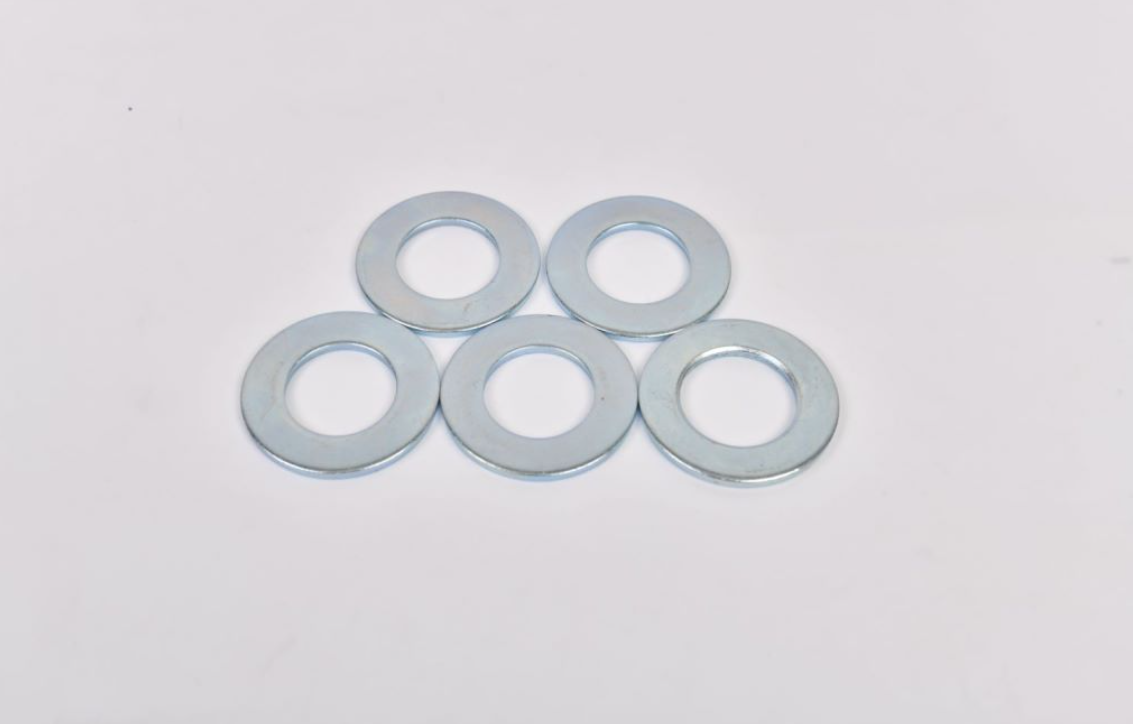self drilling screw vs self tapping factories
Self-Drilling Screws vs. Self-Tapping Screws Understanding the Differences
When it comes to fastening solutions in construction and manufacturing, self-drilling screws and self-tapping screws are two popular options. Although they serve similar purposes in terms of creating secure joints, these two types of screws have distinct characteristics that set them apart. Understanding these differences is crucial for selecting the appropriate fastener for any given project.
Self-Drilling Screws
Self-drilling screws, often referred to as drill screws or Tek screws, are designed with a drill point that can penetrate materials without the need for pre-drilling a pilot hole. This built-in feature allows for faster installation, as the screw can be driven directly into the substrate, whether it’s metal, wood, or other materials. The drill bit tip varies in design but is generally sharp and pointed, making it efficient for cutting through various surfaces.
This type of screw is particularly favored in applications involving metal-to-metal fastening, such as in the construction of metal buildings or roofing systems. The convenience of eliminating the need for pilot holes saves time on the job site, reduces labor costs, and minimizes the risk of damaging the material. Additionally, self-drilling screws often have a threaded shank that enhances holding power, making them suitable for high-stress applications.
Self-Tapping Screws
self drilling screw vs self tapping factories

Conversely, self-tapping screws are designed to create their own mating thread when driven into a material. Unlike self-drilling screws, self-tapping screws typically require a pilot hole, especially when working with harder materials. However, some variants such as thread-forming screws can tap their own threads in softer materials without pre-drilling.
Self-tapping screws come in various head styles and coatings, making them versatile for different applications. They are commonly used in woodworking, plastic assembly, and even in some metal applications, where creating a strong thread in the substrate is important. While they may take slightly longer to install compared to self-drilling screws, their design ensures a snug fit, which is essential for certain projects.
Choosing Between the Two
The choice between self-drilling and self-tapping screws often depends on the specific requirements of the project at hand. For tasks that involve fastening metal components where speed and efficiency are paramount, self-drilling screws are the clear winner. On the other hand, for wooden structures or materials requiring thread integrity, self-tapping screws may be more appropriate.
In conclusion, understanding the differences between self-drilling and self-tapping screws is vital for any contractor, builder, or DIY enthusiast. By evaluating the material type, installation time, and the strength of the joint required, one can make an informed decision that best meets the needs of the project while ensuring durability and reliability in fastening. When used correctly, both screw types can significantly enhance the quality and efficiency of construction and manufacturing endeavors.
-
Top Choices for Plasterboard FixingNewsDec.26,2024
-
The Versatility of Specialty WashersNewsDec.26,2024
-
Secure Your ProjectsNewsDec.26,2024
-
Essential Screws for Chipboard Flooring ProjectsNewsDec.26,2024
-
Choosing the Right Drywall ScrewsNewsDec.26,2024
-
Black Phosphate Screws for Superior PerformanceNewsDec.26,2024
-
The Versatile Choice of Nylon Flat Washers for Your NeedsNewsDec.18,2024










